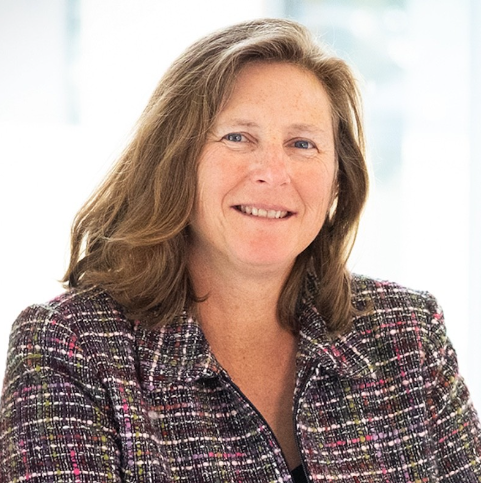Dr. Linda Walker
Profil
From the time I emerged from college (the first time), prepared for a career in journalism, I felt driven to find ways to be part of the solution to the challenges I saw in the world.
Not quite satisfied with what I contributed as a writer, I pursued a master’s degree in human relations and counseling through University of Oklahoma and began my career as a helping professional in the mid 1990s. I later added post graduate certificates in addiction studies and school counseling, and a doctorate in psychology with an emphasis in psychophysiology from Saybrook University.
In my early work, I helped adults who had developmental disabilities find ways to live independently and experience life to their fullest. Since then, I’ve had the privilege to work with people from diverse backgrounds and circumstances seeking to find their balance, wellbeing and optimal function. Along the journey, I’ve spent time working in community mental health, juvenile justice, private practice and corporate health.
I added neurofeedback and biofeedback to my practice in my work within a residential treatment facility for juvenile delinquents in 2000. Assessment using qEEG came a short time thereafter.
As a counselor, I was seeing young adults who had one last chance at remediation. They had trauma, mental health and behavioral conditions, learning disorders, substance use problems, post concussive incidents and toxic chemical exposures — and usually all rolled up into a single young person! They had tried practically every medication and therapy in the book.
I began to question what more I could offer these young men and women to help them toward a better future.
That answer came in the form of neurofeedback and biofeedback. With a structured curriculum integrated into the residential treatment program, the number of restraint interventions decreased, medication need decreased and kids began reporting they made honor role in school — the first time for most of them. The program was documenting these changes and tracking data. Sadly the economic downturn spelled an end to the program in 2010.
Having witnessed the power of psychophysiological therapies to effect change in those I helped, I moved forward professionally within my own private practice. The past decade has indeed been busy!
I continued seeing children with challenges. In addition, I began to see adults and children with chronic disorders, such as pain and epilepsy. With an institute for performing arts nearby, I also began to expand my knowledge in working with optimal performers.
I have been privileged to direct assessment for a neurotherapy group that had clinics throughout Michigan, develop and teach biofeedback for Western Michigan University, and work with Bio-Medical, Thought Technology, and Biofeedback Federation to teach courses, mentor and develop software. I’ve had the opportunity to advise best practice in the field of psychophysiology and to participate in research efforts.
These accomplishments have been very gratifying and it’s a privilege to make a contribution to the advancement of helping therapies. That said, my heart still lives in the opportunity to work with others, to meet them where they are in their journey and to use the tools and skills I have to help them along their way. That goes for those whom I mentor and teach, as well as those who come to me as clients.
Meine nächsten Kurse
Erfahrungen mit Neurofeedback
Not only does our intstructor have 20+ years of experience in Neurofeedback, she is also passionate about getting you accomplished in your Neurofeedback Learning Journey.

